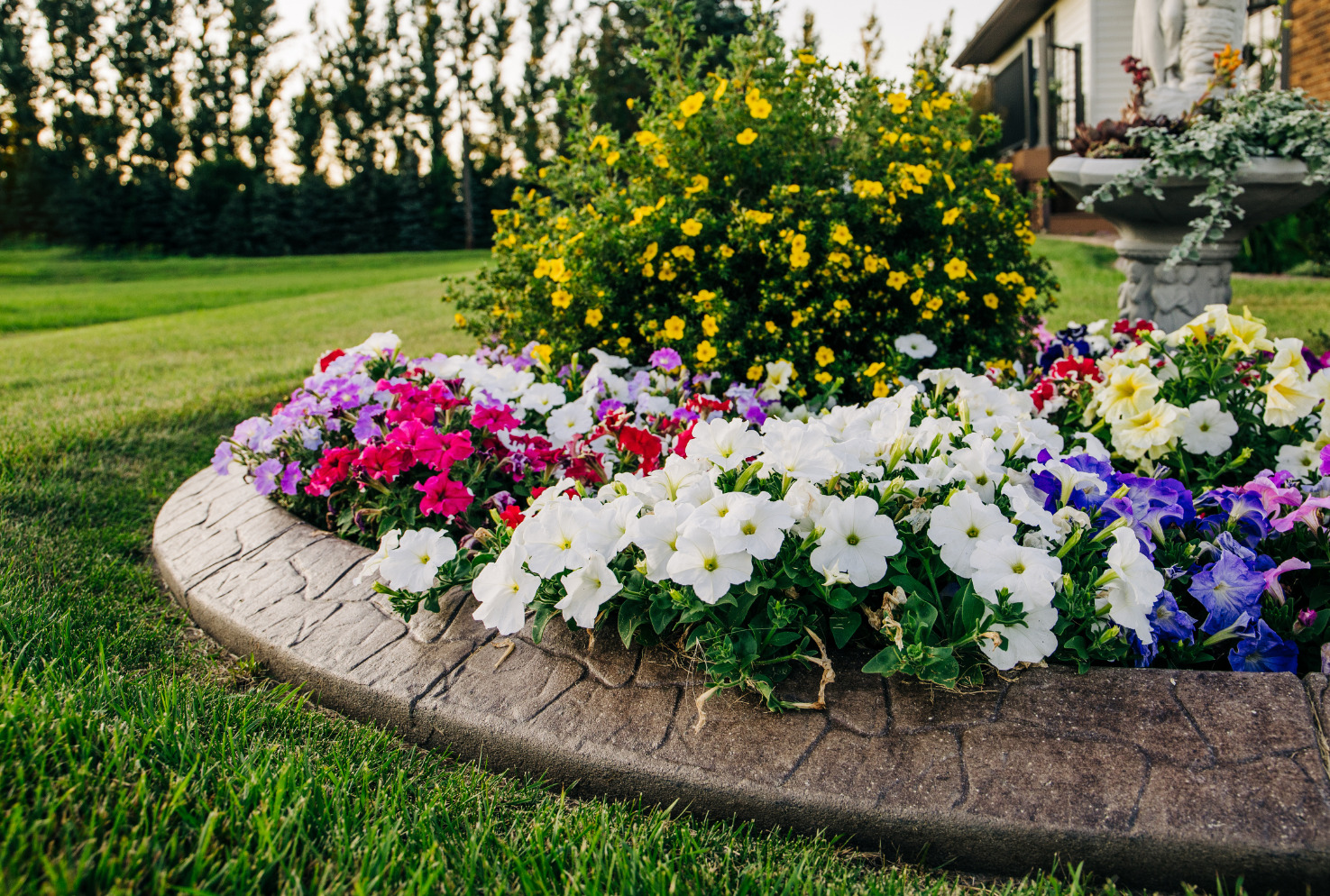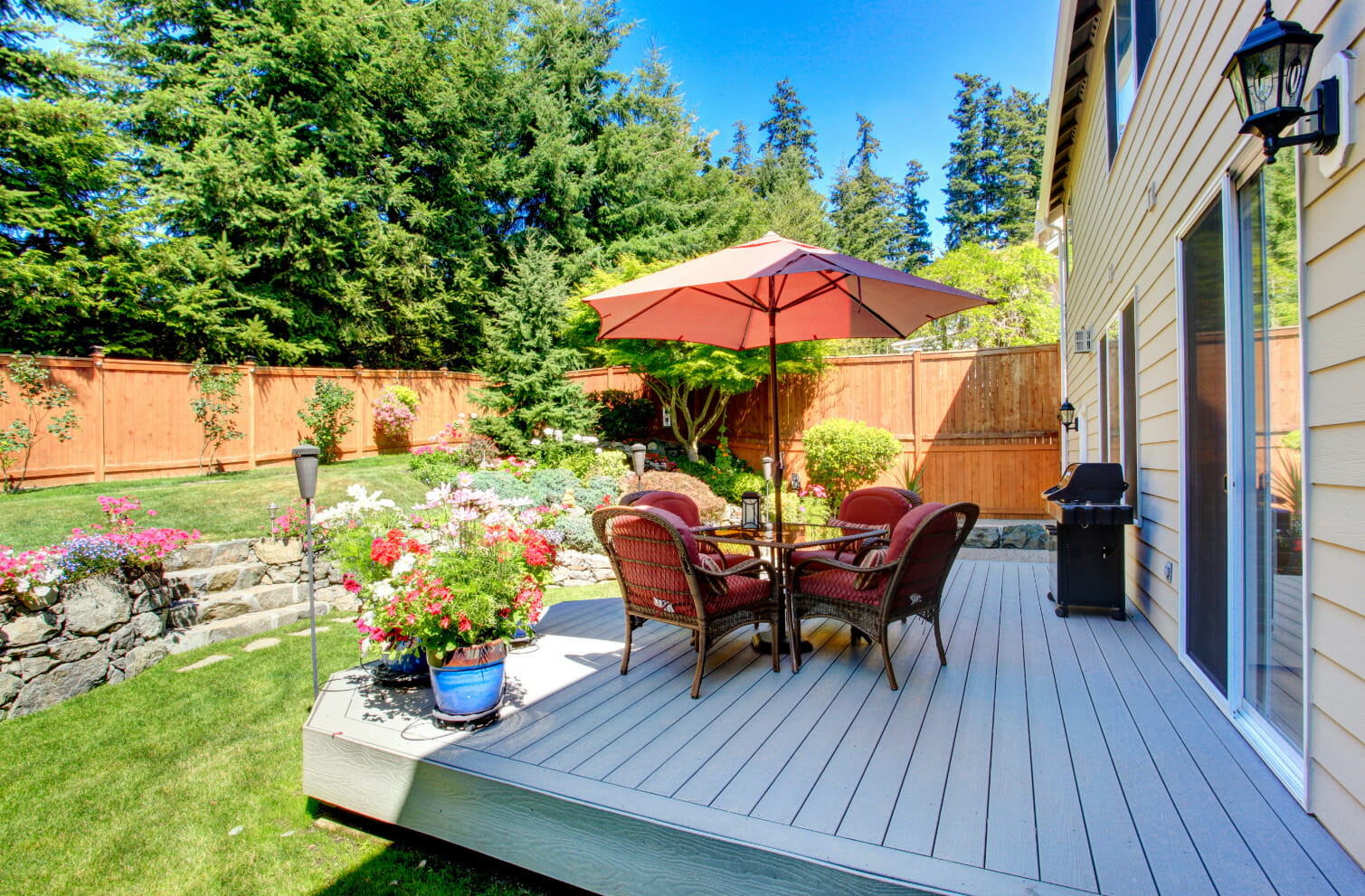
DIY vs. Professional Hardscaping: What You Need to Know
Which approach is best for your outdoor project? Compare DIY vs. professional.
When it comes to transforming your outdoor space with hardscaping, you might be tempted to tackle the project yourself to save money. On the other hand, hiring a professional can ensure a polished result but at a higher cost. Understanding the benefits and drawbacks of each approach can help you make an informed decision that best suits your needs, budget, and expertise.
DIY Hardscaping: Pros and Cons
Pros:
- Cost Savings: One of the most appealing reasons for DIY hardscaping is the potential for cost savings. By purchasing materials yourself and doing the work, you can avoid labor costs, which can be substantial for complex projects.
- Personal Satisfaction: Completing a hardscaping project on your own can be incredibly rewarding. You get to see your vision come to life and take pride in your handiwork.
- Flexibility: DIY projects allow you to work on your own schedule. You can take your time, make adjustments as needed, and work around other commitments.
Cons:
- Skill Level and Experience: Hardscaping requires specific skills and knowledge, including proper techniques for laying pavers, building retaining walls, and ensuring proper drainage. Without experience, you may encounter issues that could affect the durability and appearance of your hardscape.
- Time Commitment: DIY hardscaping can be time-consuming. From planning and purchasing materials to the actual construction, the process can take much longer than anticipated, especially if you’re juggling other responsibilities.
- Risk of Mistakes: Inexperience can lead to mistakes that may be costly to fix. Poor installation can result in uneven surfaces, drainage problems, and other issues that might require professional intervention later.
Professional Hardscaping: Pros and Cons
Pros:
Expertise and Quality: Professional hardscapers such as the pros at Exterior Enterprises bring a wealth of experience and knowledge to the table. They understand best practices for installation, ensuring high-quality results that are both aesthetically pleasing and durable.
- Efficiency: Professionals have the tools, equipment, and manpower needed to complete projects more quickly and efficiently. This means your hardscape will be ready to enjoy sooner than if you were doing it yourself.
- Design and Planning: Hardscaping professionals can offer valuable design advice and help you create a cohesive plan that enhances your outdoor space. They can also assist with material selection and ensure that your project meets local regulations and standards.
Cons:
- Higher Costs: Hiring professionals can be a significant investment. Labor costs, combined with the price of materials, can add up, making professional hardscaping a more expensive option compared to DIY.
- Less Personal Involvement: While you’ll have input in the design and execution, you may have less hands-on involvement in the project. If you enjoy working with your hands and being deeply involved in the process, this might be a downside.
- Scheduling: Depending on the availability of the hardscaping company, you may need to work around their schedule, which could delay the start of your project or affect the timeline.
Conclusion
Deciding between DIY and professional hardscaping depends on various factors, including your budget, skill level, and the complexity of the project. DIY offers cost savings and personal satisfaction but requires significant time and skill. On the other hand, hiring a professional ensures expertise and efficiency, albeit at a higher cost. By weighing these pros and cons, you can choose the option that best aligns with your goals and resources, ensuring a successful hardscaping project that enhances your outdoor living space. Contact the professionals at Exterior Enterprises if you’d like help on your next project!




